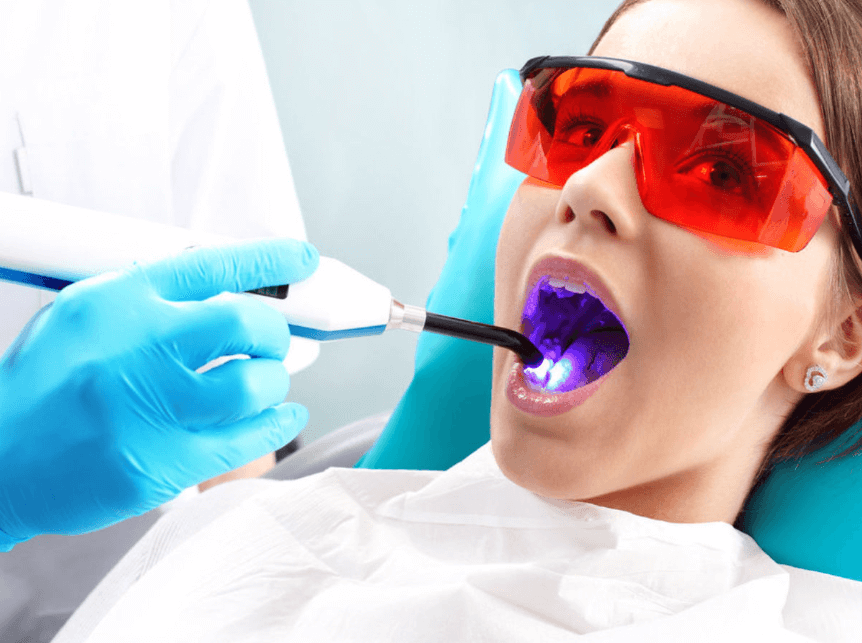
Laser dentistry is a treatment that uses lasers to treat dental problems, including tooth cavities and cracks, stains, and gum disease. It is also called digital dentistry, as it involves using digital X-rays to improve your oral health and the appearance of your teeth. Laser dentistry can also treat oral mucosal lesions such as leukoplakia which are often precancerous. If you are looking for a less invasive way to enhance your smile and improve your oral health, consider laser dentistry sugar land treatment. However, the steps involved in this procedure often require keenness to ensure the best results possible. Here are five detailed steps involved in acquiring a laser dentistry treatment.
1. Consultation
The consultation is the most important step in your laser dentistry treatment. Through the consultation process, you will get a detailed overview of what to expect during your procedure and how it will affect the appearance of your teeth.
During this time, your dentist can also answer any questions or concerns about their services and products. Once you have completed this consultation step, your dentist will discuss payment options before scheduling an initial examination appointment at their offices.
2. Examination
Your dentist will examine your mouth, teeth, and gums, including their sizes, to confirm whether you are healthy enough to undergo a laser dentistry procedure. They might also take various imaging scans of your teeth to check for any cavities or other problems that might prevent you from getting this treatment.
If you are a good candidate for laser dentistry, your dentist will schedule an exact date for your treatment. They will also share various preparation tips to ensure you will be ready for treatment during the scheduled date.
3. Preparation
During preparation, your dentist informs you about the laser dentistry procedure, including what to expect during and after treatment. It is also best to ask your dentist about any risks associated with the procedure and whether any other better alternatives suit your needs.
Your dentist will also discuss different anesthesia options they may administer during treatment. Anesthesia will help reduce discomfort associated with laser dental treatment. Lastly, you must sign a consent form to show that you voluntarily agree to treatment.
4. Sedation
During the procedure, your doctor may sedate you depending on the severity of your dental anxiety. Sedation has similar effects to anesthesia but does not make you completely unconscious. It keeps you comfortable throughout the treatment process so you can focus on what is happening around you without feeling nervous or anxious.
Since laser dentistry treatment is pain-free, there is often no need to use anesthesia. However, do not hesitate to tell your doctor if you experience pain or discomfort during treatment.
5. Clean Up and Pain Management
After the procedure, your dentist will clean up any blood or plaque under your gums. Since laser dentistry treatment is painless, you may experience minimal discomfort that often resolves within 24 hours. However, if the pain and swelling are severe, contact your dentist as soon as possible. For the first few days after your treatment, stick to soft foods, such as eggs and fruits, to allow the treated areas to heal properly.
Laser dentistry is a safe and effective way to enhance the appearance of your smile. You must know what to expect during your appointment to get the best results. Different types of lasers are used in dentistry. They have different strengths and characteristics.
During your consultation, your dentist can explain the differences between these lasers. As a result, you can make an informed decision in choosing the best type for your case.





